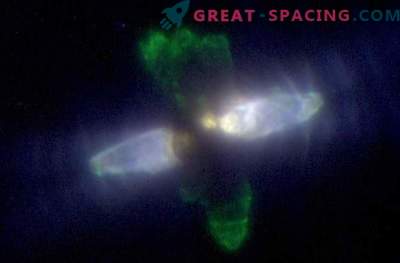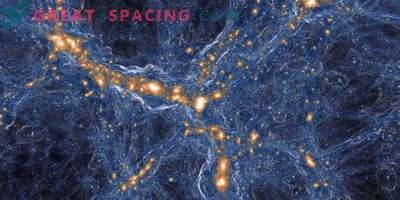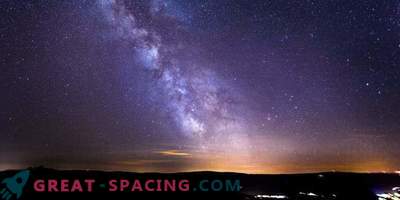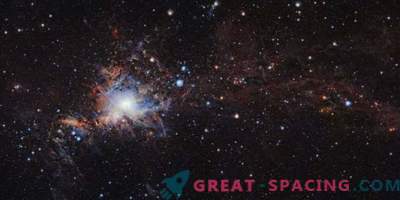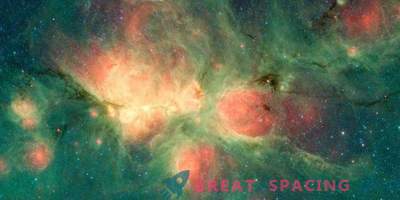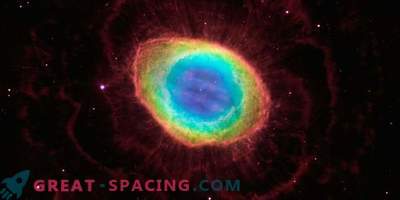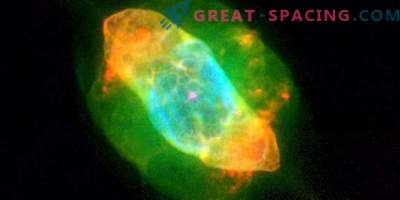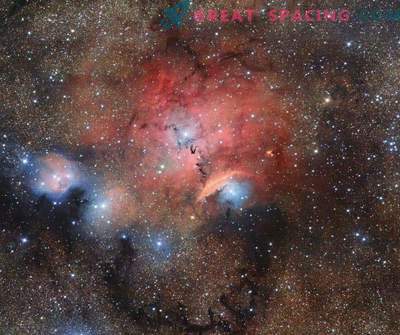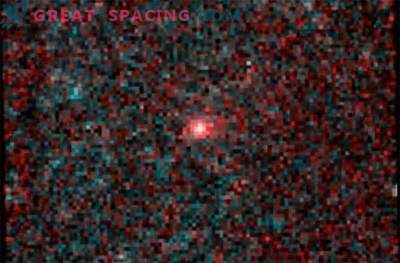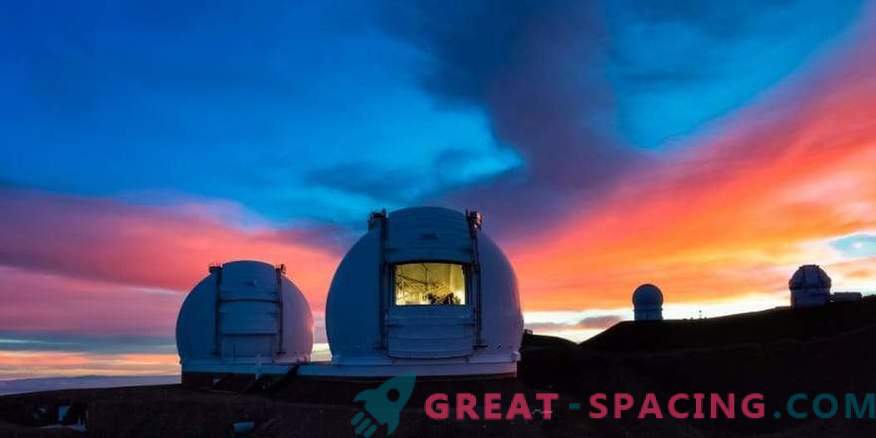
Scientists from the W. M. Keck Observatory have successfully collected data with the latest NIRES tool (Near-Infrared Echellette Spectrometer). The team completed the first set of introductory observations of the instrument and received the “first light” with a spectral image of the planetary nebula NGC 7027.
Keck Observatory is constantly striving to create modern technology, allowing to make scientific breakthroughs. It is believed that NIRES will be one of the most effective single-spectral IR spectrographs on an 8-10-meter telescope designed to study explosive phenomena (supernovae and gamma-ray bursts).
The power of NIRES is that the instrument is capable of covering the whole spectral range simultaneously in one observation. This is a cross-dispersed spectrograph operating in the infrared range, where the visual slice goes up to 2.4 μm.
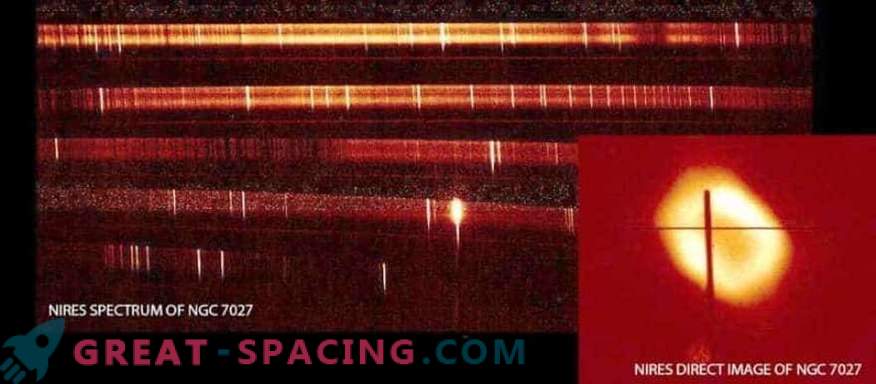
The “first light” image from NIRES shows NGC 7027, a planetary nebula. The NIRES spectrum demonstrates the near infrared spectrum of a nebula dominated by emission lines of hydrogen and helium.
NIRES will always be in the telescope, so it will look for the most unpredictable events. This is especially important if we take into account the fixation on October 16 of gravitational waves created by the collision of two neutral stars.
NIRES will be easy to use and always ready to use. High sensitivity allows you to observe the incredibly weak objects found Spitzer and WISE. High redshift galaxies and quasars are important to study, as they allow us to understand what happened immediately after the Big Bang.



